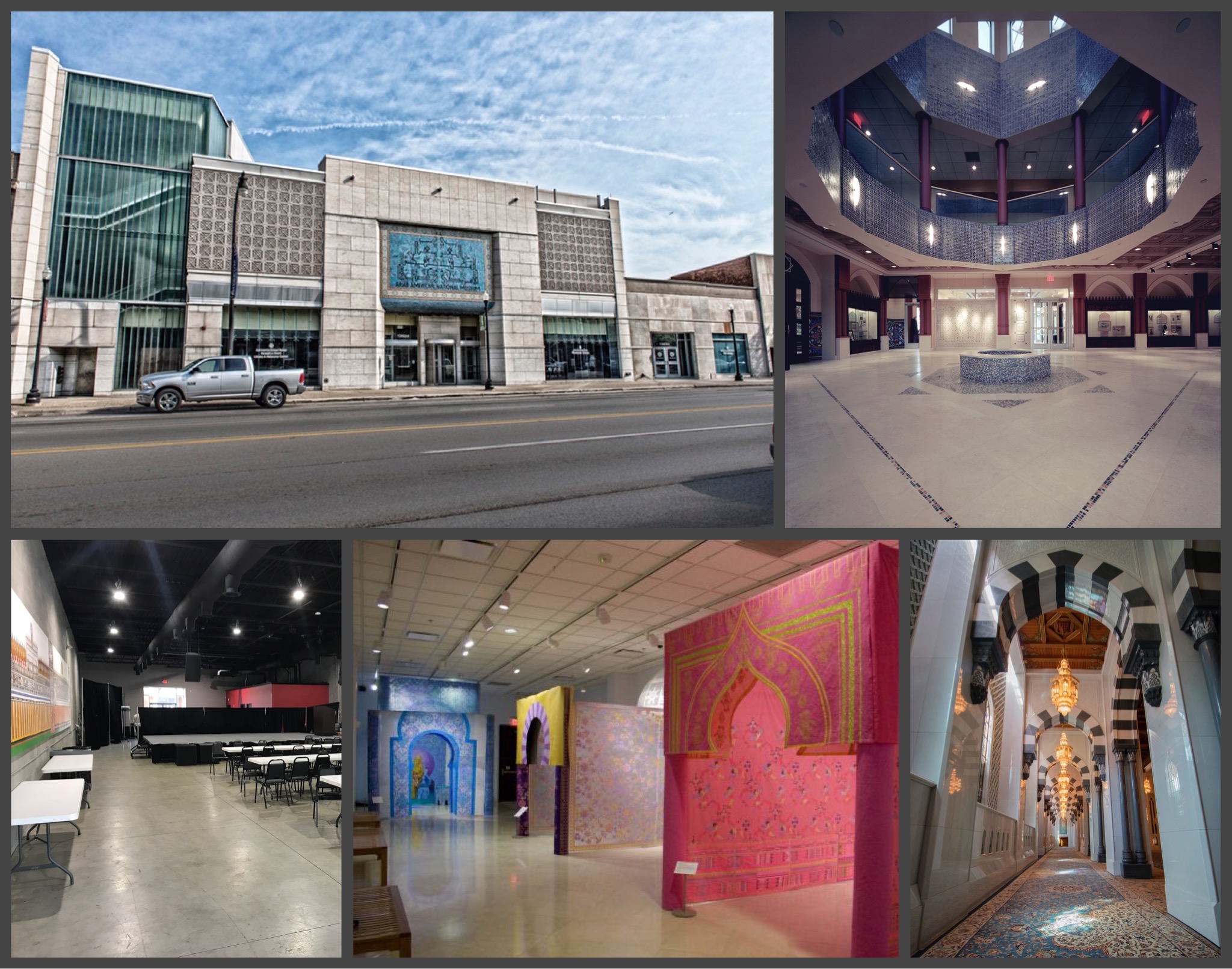|
The 19th session of the ARAB DANCE SEMINAR (November 4-6, 2022) is the first repeating event of its kind in America. All previous 18 Seminars since November 2005 have sold out with maximum attendance. The seminar moves to a different city every year, and it was held Virtually Online in November 2020, and HYBRID for November 2021. This 19th session will be a Hybrid, with a limited number of students In-Person in Dearborn/Detroit with the instructors while being Broadcast simultaneously for more students attending Virtually Online. As we get closer to November, if health regulations require the event to go fully Virtual, those who purchased the In-Person spots will be partially refunded and given Virtual access. All students will have access to recordings of the Virtual broadcast for four weeks following the end of the event. This 19th session will be held at the ARAB AMERICAN NATIONAL MUSEUM in Dearborn Michigan, in the metropolitan Detroit Area. Dearborn has the largest population of Arabs in the USA, with hundreds of restaurants, businesses, and institutions managed by Arab Americans. The Museum is a spacious facility with exhibits, artwork, performance halls, artifacts and a boutique. It is a symbol of pride and a community beacon for the Arab American community. The goal of this intensive weekend of workshops, lectures, performances, and dance parties is to give the student a comprehensive Arab cultural dance experience. Going beyond confusing, nebulous monikers like "Oriental", "Middle Eastern", or "belly", the Seminar puts all the skills, techniques, and practices back into their cultural contexts. The Arab world, which includes over 20 countries in 4 geographic zones (North Africa, Egypt, Near East/Levant, and The Gulf) is the origin and breeding ground for multiple dance styles and practices, bound by a common language and aesthetic. This Seminar helps clarify and illuminate that tradition. The Arab Dance Seminar is created for anyone who values dance in their life and community. The faculty seeks to give every student authentic techniques, choreographies, and comprehension of Arab dance. Every dancer will take every workshop and lecture; there is no simultaneous scheduling that forces the student to choose between classes. The Music classes will be taught using non-technical language that is understandable to non-musicians. Each student will be provided with study sheets and videos that reflect the curriculum. Arabic vocabulary will be taught and provided, to reinforce the cultural context of these arts. Every dancer will leave the Seminar with a more authentic cultural understanding of the dance and music. Although there is an academic and ethnographic emphasis, there are neither desks nor computer stations. The student will learn by dancing, moving, singing, clapping, and sweating. It is an active seminar where the goal is to physically engage with the subjects, in order to retain new knowledge for future practice, performance, and teaching. 2022 Special focal topic: UPLIFTING YOUR COMMUNITY : Understanding Diverse Audiences and The Artist's Role as Guide & Mobilizer. The role of the dance artist goes beyond entertainer. They have the ability to transform the event they are participating in. Through their presence, and the attention received, they hold the power to mobilize the people from being merely an audience into engaged participants. The dancer need not relinquish that spotlight, but rather shares the passion of performance with all else who are present. And it is in these interactions that the artist mobilizes their community. Without dance, the community may never move. All across the Arab world we have dance to commemorate special moments. Dance is created at weddings, rights of passage, national pride statements, children's education, and even political protests. Wherever you find dance, the community is together, creating cohesion. These are powerful moments of momentum and solidarity, ranging from revelry to revolution. It is no coincidence that colonizers and tyrants alike suppress dance and the performing arts; they are fully aware of the power it bestows on the people. It is imperative that the dance artist cultivates this role. They must gain awareness of the context, knowing why the people have gathered, who is being featured, the decorum of the venue setting, and the potential for human mobilization. Now in this globalized world, traditional dances appear in front of new audiences and in unexpected venues. The dancer must navigate this migration, to retain the dance's authentic power while it adapts to its new audience. The dancer is the guide, the beacon, the one who can connect the inward artistry with the collective mass momentum. They must dance like everyone is watching.
|  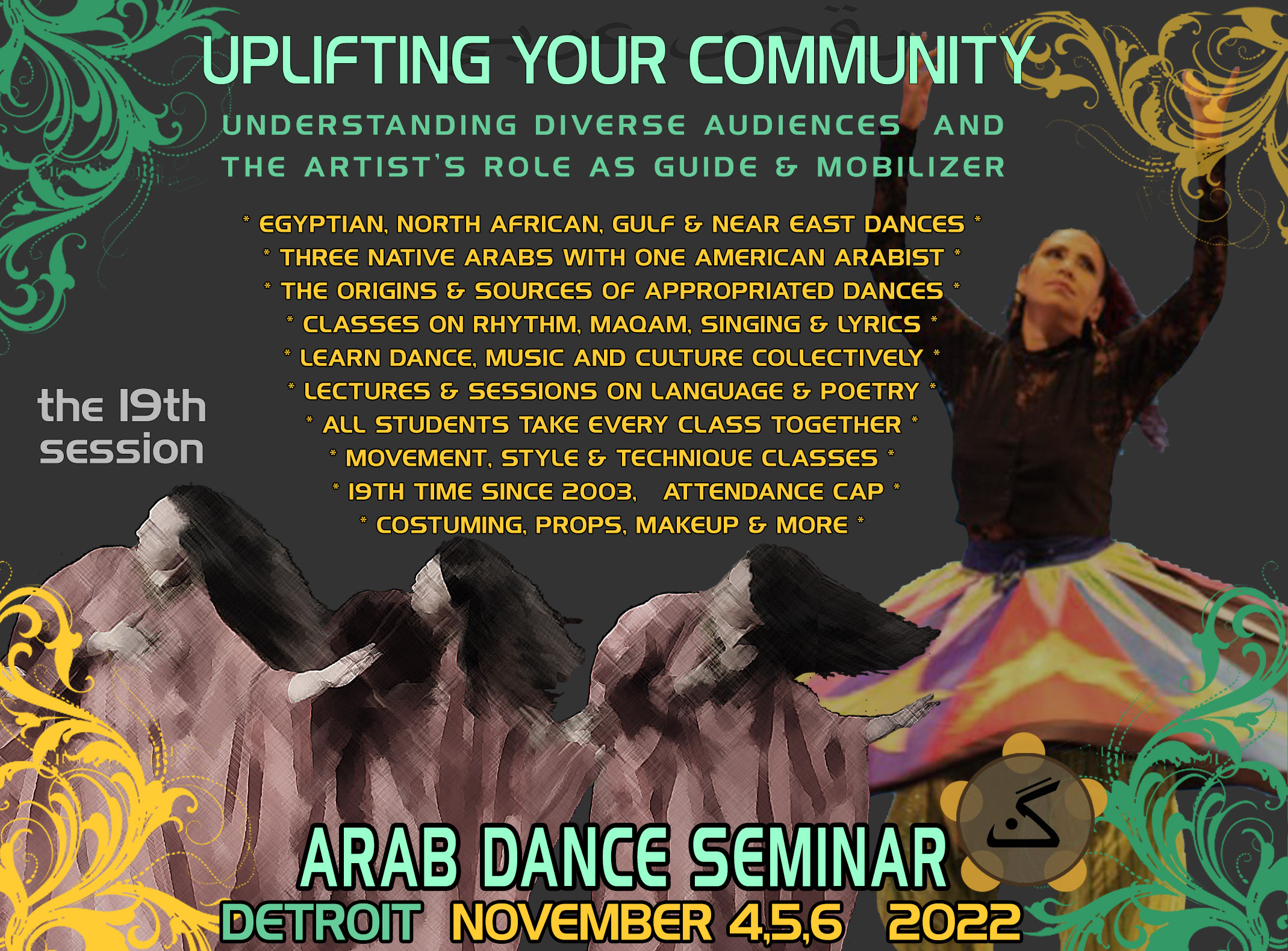
NOVEMBER 4th - 6th, 2022 Friday 4pm till Sunday 4pm Dearborn, MI, USA ARAB AMERICAN NATIONAL MUSEUM annex 13624 Michigan Ave, Dearborn, MI USA IN-PERSON ATTENDANCE $295 (only 30 spots available) also includes live Virtual and streaming recording access for 20 days receive $100 refund if health regulations require us to go fully virtual VIRTUAL ATTENDANCE $195 (only 30 spots available) access all classes synchronously online 14 days streamable, asynchronous access to video recordings  THIS EVENT IS SOLD OUT. PLEASE EMAILUS IF YOU WANT TO BE ON OUR WAITING LIST People's Plans Often Change. The Waiting List Provides You A Good Chance To Purchase Someone Else's Spot All classes and events total 20 hours. Class videos footage is streamable for 20 days after event. If health regulations require the event to go fully Virtual, In-Person registrants will be refunded $100 and given Virtual access. We only allow 20 in-person registrations, paid in advance, and NO walk-ins. All the previous 18 Seminars have SOLD OUT months in advance. The registration fee does not include lodging or food, only classes. There are no full refunds. You may transfer your purchase to someone else. We also maintain a waiting list where you are likely to find a buyer.
We do not sell any individual classes or individual days. EMAIL US for any additional questions, or help with purchase schedule subject to adjustment
|
 Societal Relevance: Arab culture has always been a fascination and preoccupation for Westerners. The Orientalist painters of the 17 and 18th centuries like Gerome and Delacroix were obsessed with the street market and hidden household scenes of Arab lands. Modern singers like Beyonce, Gorillaz, Sting, Jay-Z, and Shakira use the melodies and rhythms on their CDs and the dance moves in their videos. Every major college and university teaches Arabic language and has a Middle Eastern Studies department. But this fascination occurs with a simultaneous fear and paranoia. Muslim Bans, Refugee Crises, ongoing MidEast Conflict, and the War on Terror keep the Arab world relevant to American society. Now, the COVID-19 Pandemic highlights the tragic public health effects of these political, economic, and racial divisions on refugees and citizens in the Arab world. But even when there are achievements and signs of success, the media still frames Arab people in the contexts of crisis and conflict. There is no Arab in America who does not experience a political existence by default (even while simply dancing or singing). It is our belief that the study of dance and music can humanize the study of Arab culture and people. The enjoyment and cultural knowledge gained from the study and practice of human arts can dissolve the fictitious Arab-West dichotomy.
Dance Relevance: The results of commercialization and post-colonial packaging are cultural erasure and invisibility. With the explosion of dance enthusiasm in the USA, dancers often fail to realize where the origin of this phenomenon occurred. Many dancers today do not know the ethnic origin, cultural context, social implications, or national varieties of the dances they are performing. Often the lyrical content of each song is also unknown by the dancer. Few dancers know the inner workings and systems of the musical compositions to which they choreograph and perform. These factors cause homogenization, resulting in the cultural displacement of the art form. This Seminar gives the dancer the tools and knowledge needed to be a more informed presenter, as well as a more skilled performer and teacher. The instructors are either native primary sources, highly schooled professionals who have lived in Arab countries, or both. They will help each dancer unite the soul, brain, and body to create the honest, authentic dance. The goal is neither to police nor dissuade dancers. We welcome all practitioners, especially non-Natives, to learn our dance and become our cultural advocates and allies. We firmly believe that Arab dance can be enjoyed and performed by anyone who has a sincere affinity for the culture.
In-Person and Broadcast Venue :
|
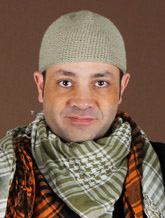 |
KARIM NAGI: Seminar Organizer, Arabic Music, Near East Dance : www.karimnagi.com |
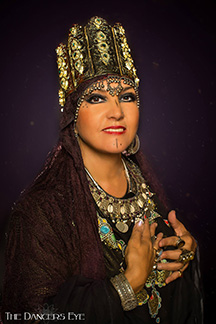 |
AMEL TAFSOUT: Maghreb, North African and Berber Dance : www.ameltafsout.com |
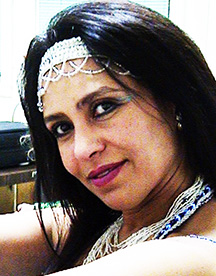 |
NASHWA: Egyptian Dance and Folklore : www.dancelikeanegyptian.com |
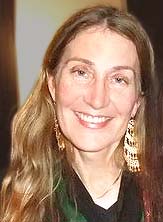 |
KAY HARDY CAMPBELL: Khaliji, Gulf, and Bedouin Dance and Music : www.kayhardycampbell.com |
|
STUDENT PRAISE: I was fortunate to attend three consecutive sessions of the Arab Dance Seminar: "Raqs Egypt" in 2011, "Marriage and Movement" in 2012, and "Theater and Storytelling" in 2013. Each session I attended forever changed my dance experience in many ways; technically, emotionally, and spiritually. The 20 hours of immersion into Arabic cultural relevance to our dance is worth far more than the generous cost of the seminar, and the opportunity to learn directly from multiple world-renowned Arabic dance artists and musicians all in one weekend is practically priceless. I would highly recommend this seminar for any serious dancer. - Stephanie Akers, CA (2011, 2012, 2013, 2016) The Arab Dance Seminar is one of the most educational and life changing events I have ever attended. It offers a wealth of information on the Arab world and the many unique and rich cultures it holds. The teachers are brilliant, impeccable representations of their fields, and a joy to learn from. A must for any dancer who seeks to understand the context of why we dance. - Sara, Santa Fe NM (2012, 2013, 2014, 2015, 2016) Words fail me to truly express the rare opportunity that is bestowed to the participants of the Arab Dance Seminar. Surrounded by dedicated students and masters of their craft ADS offers full immersion of the Arab culture through music and dance. The team of instructors provide so much knowledge and an open ear for any and all questions. I highly recommend this event to and dancer who is serious about their education in Arab dance and music. It can not be missed! - Farah Page, Cleveland (2013, 2014) I attended Karim's Arab Dance Seminar in Nov 2006 in New Haven CT. I flew all the way from San Jose, CA to attend the seminar, and it was definitely worth the trip, the expense and more. I had already studied Egyptian dance with Nourhan Sharif for a few months, and had attended a very brief workshop with Karim in San Francisco, so I had a little background on the subject, but honestly I think I learned more in the 48 hours or so of that workshop than I had in about 8 years of studying "belly dance" in California with various relatively experienced & knowledgeable dance teachers. I found all of the seminar faculty extremely knowledgeable, talented, sincere, and inspiring. In fact I was so inspired by Kay Hardy Campbell's stories of the Saudi women's music ensembles and her own oud playing at the seminar that I came back to CA, found an oud and a local teacher, and have since joined an Arabic music class and ensemble, which I performed with for the first time this summer. I can honestly say my life has taken a whole new direction that it never would have otherwise, because of the contacts I made and the knowledge I gained at that seminar (I always remember the malfouf from Karim's rhythm class!). On top of that, it was great fun, every moment was interesting and mentally & physically challenging. The other students were very nice, interesting and intelligent people and I have stayed in touch with some of them since then. Honestly, I would go again to this year's seminar, but I've already used up all my vacation time for the year. If you are the slightest bit interested in the dance and music of the Arab world, by all means go and take advantage of this fabulous program! - Suzanne Cuzio, Santa Cruz California (2006) I found it wonderful to be able to spend a weekend with a number of instructors that are so knowledgeable in their areas of teaching. The whole Arab Dance Seminar experience made me more excited about Arab dance and culture than I had ever been before. Its well-organized program allowed me to focus on specific topics which led to a deeper appreciation and knowledge about the art form and culture as well as recognize its great diversity. Most importantly, by being exposed to topics such as musicality, rhythms and language my interest was sparked so that since my Arab Dance Seminar experience I have continued to learn about these topics. - Megan Kent, Saskatoon Canada (2006, 2007) I went to the Arabic Dance Seminar knowing it was going to be a great experience but it completely exceeded my expectations. It was fantastic to study with people who know and understand the roots of Arabic music and dance and who are able explain the cultural context. It was also an opportunity to study topics that are not commonly taught in other dance events like Maghrebi, Zaar or Beduin dances. Every teacher made an effort to explain not only the steps but the meaning, context and feeling of the dances being taught. It is certainly a unique opportunity to go back to the core of the dance forms we study and love so much. - Andrea Novoa, Las Vegas (2008) |

